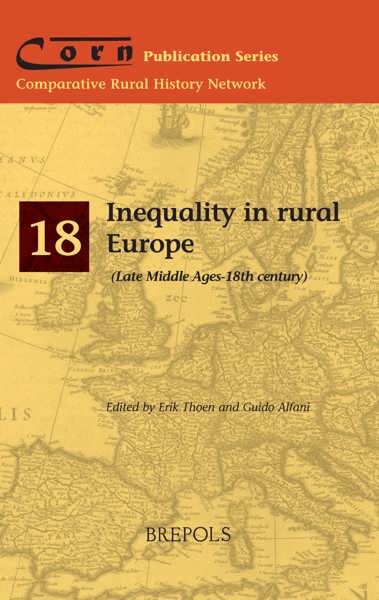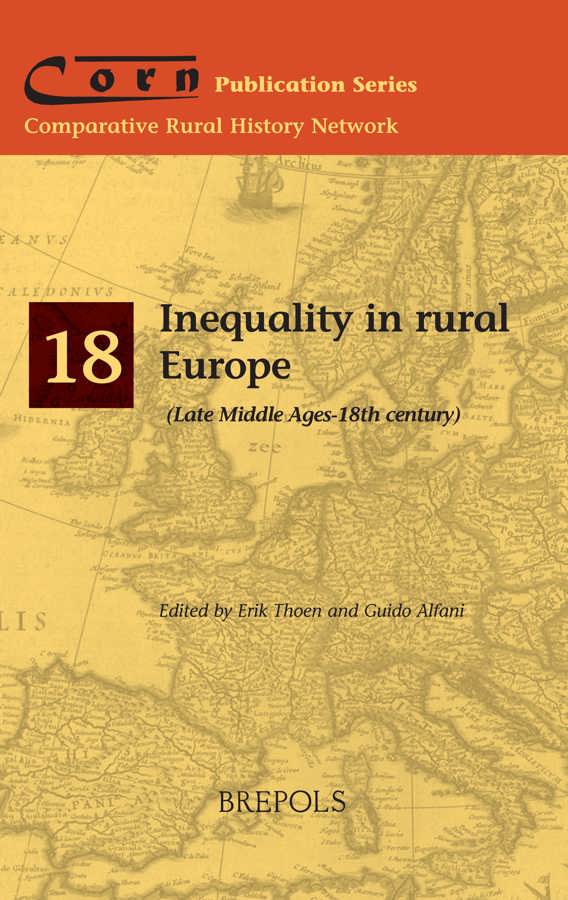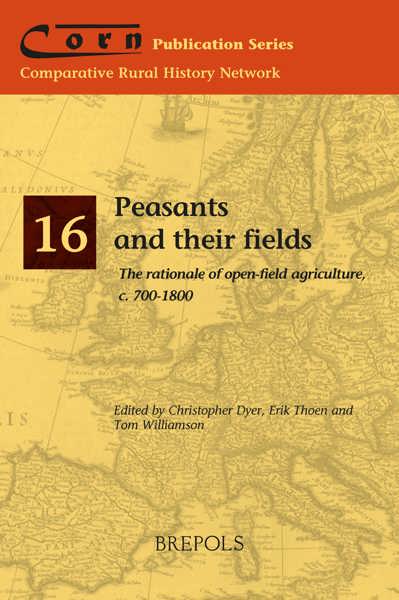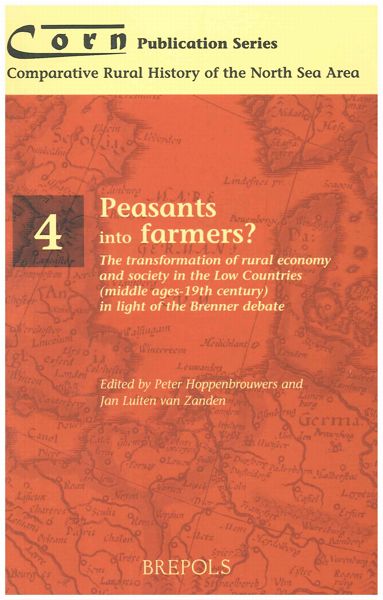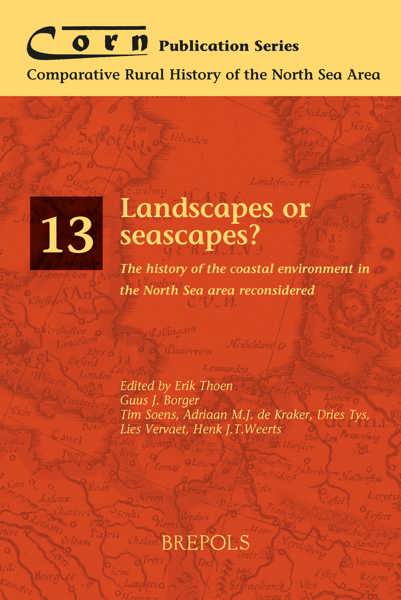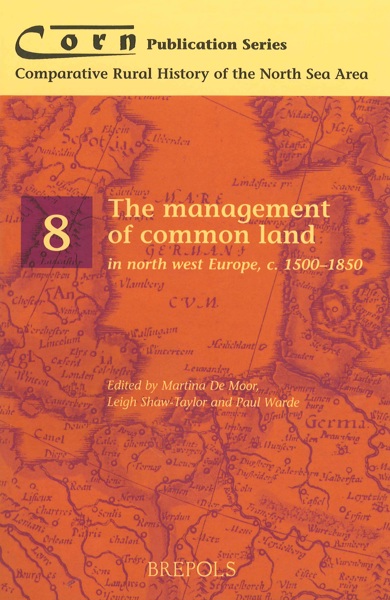
- Pages: 190 p.
- Size:156 x 234 mm
- Illustrations:22 b/w, 24 tables b/w.
- Language(s):English
- Publication Year:2021
- € 69,00 EXCL. VAT RETAIL PRICE
- ISBN: 978-2-503-59052-3
- Paperback
- Available
- € 69,00 EXCL. VAT RETAIL PRICE
- ISBN: 978-2-503-59053-0
- E-book
- Available
This book deals with a variety of topics about inequality in the long run covering eight different countries in Europe and dealing with rural inequality before the end of the 18th century.
Guido Alfani is Professor of Economic History at Bocconi University and fellow of Dondena Centre for Research on Social Dynamics and of IGIER (Innocenzo Gasparini Institute for Economic Research), Milan (Italy). He is specialized in economic and social history and historical demography. He published extensively on inequality and social mobility in the long run, as well as on a range of other topics such as the history of famines and epidemics and systems of social alliance.
Erik Thoen is Professor of History at Ghent University (Belgium). He is specialized in economic, social and agrarian history of the preindustrial period, historical geography and environmental history. He is co-founder of the CORN network.
Studies dealing with inequality in European societies have multiplied in recent years. It has now become clear that pressing questions about the historical trends showing both income and wealth inequality as well as the factors leading to an increase or drop of inequality over time, could be answered only by taking into account preindustrial times. Therefore, this book deals with inequality in the long-run, covering and comparing a very long time span, starting its investigations in the later middle ages and ending before the nineteenth century, the period that marks the beginning of most available studies.
Hitherto, urban distribution of income and wealth is much better known than rural inequality. This book intends to reduce this gap in knowledge, bringing rural inequality to the fore of research. Since at least until the nineteenth century the majority of people were country men, looking at the rural areas is crucial when trying to identify the underlying causes of inequality trends in the long run of history.
The book consists of nine original papers and deals with a variety of topics about inequality covering no less than eight different countries in Europe. The majority of the studies published in this book are the result of teamwork between European universities where a range of research centres are currently exploring different aspects of income and wealth inequality in preindustrial times.
List of contributors
List of figures
List of tables
1. Economic inequality in rural Europe: an introduction
Guido ALFANI and Erik THOEN
2. Inequality in Spain during the Early Modern Period, 1500–1800. Notes and results
Esteban NICOLINI and Fernando RAMOS-PALENCIA
3. Land ownership and social inequality: the Algarve example in the 60s and 70s of the eighteenth century
Andreia FIDALGO
4. Inequality, growth and taxation in the countryside of the Republic of Venice, c. 1450-1750
Matteo DI TULLIO and Guido ALFANI
5. Socio-economic inequalities in fifteenth-century Tuscany: the role of the mezzadria system
Davide CRISTOFERI
6. Property rights and rural inequality in the sixteenth-century ottoman empire
Pinar CEYLAN
7. ‘All equal in the presence of death?’ Epidemics and redistribution in the pre-industrial period
Daniel CURTIS
8. A regional comparison of social inequality & economic development in 16th century Flanders
Wouter RYCKBOSCH
9. Economic Inequality in Late Medieval and Early Modern Rural Hainaut (c. 1450-c.1540)
Thijs LAMBRECHT
